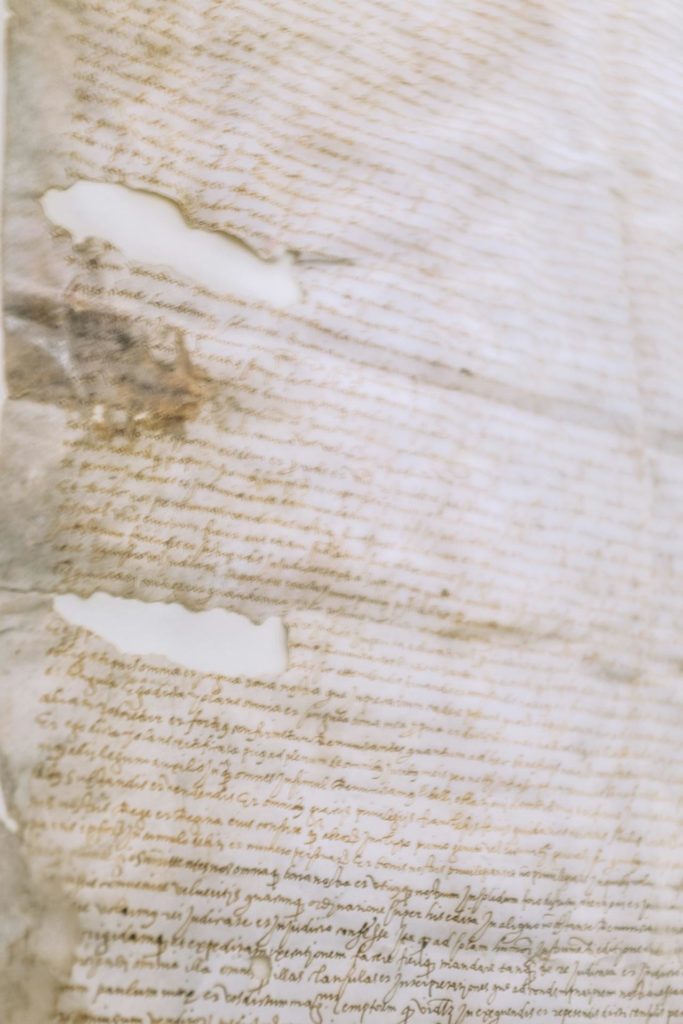In the vast and often contentious realm of religious texts, the Bible stands as a monumental testament to spiritual guidance and historical legacy. Yet, its integrity is frequently called into question, sparking heated debates about its authenticity and potential vulnerability to human interference. Critics and skeptics alike ponder whether this sacred scripture could have fallen victim to alterations by overzealous custodians throughout history. Embarking on a journey to unravel this mystery, we delve into an intricate analysis of the improbability of such alterations, dissecting a multilayered conspiracy theory that suggests an almost Herculean effort would have been required to tamper with the biblical text.
Exploring the integrity of the Bible often leads to discussions about its authenticity and potential alterations. Skeptics sometimes argue that the scriptures could have been modified by overzealous individuals in the past. To understand the complexity and improbability of such an undertaking, let’s delve into the meticulous process that would have been required, encompassing three distinct layers of conspiracy.
First Layer: The Manuscript Conspiracy
Considering the New Testament alone, we find ourselves with over 6,000 manuscripts or fragments. This number might not seem extraordinary until you compare it to other historical texts. For example, Julius Caesar’s “Gallic Wars” is known from about 10 manuscripts, Aristotle’s “Poetics” from nearly five, and the works of Herodotus and Homer each from less than 10 manuscripts. The New Testament’s manuscript evidence is overwhelmingly more abundant.

Critics point out the absence of original manuscripts, yet what is remarkable is our access to copies that are mere decades removed from the originals, far surpassing the centuries-long gaps we accept for classical texts. For instance, the earliest copies of Caesar’s “Gallic Wars” we possess were written 900 years after the fact, Aristotle’s works 1,400 years later, yet these discrepancies rarely, if ever, cast doubt on their academic or historical validity.
Second Layer: The Translation Conspiracy
Jesus’ directive to “make disciples of all nations” led to the Bible’s early translation into various languages, including Syriac, Coptic, and Latin. This linguistic diversity adds another layer of complexity for anyone attempting to alter the text. They would need to not only find and modify the 6,000 Greek manuscripts without leaving any trace of tampering but also locate and adjust all translations to align with these changes, a feat that stretches the bounds of feasibility.
Third Layer: The Commentary Conspiracy
The early church fathers extensively wrote commentaries on the New Testament. Bruce Metzger, a renowned biblical scholar, noted that the New Testament could be reconstructed with over 95% accuracy just from their quotations. This means that anyone intent on altering the biblical text would also need to amend the vast body of early Christian writings to reflect their changes, ensuring consistency across thousands of documents and commentaries, all without detection.
To believe that the Bible has been doctored requires accepting that a group of individuals could successfully navigate these three monumental tasks—altering thousands of manuscripts, translating these changes across multiple languages, and revising centuries of biblical commentary—all in secret and without error. The sheer scale and complexity of this hypothetical conspiracy highlight the reliability and preserved integrity of the biblical text through history.
This examination not only strengthens our confidence in the authenticity of the Bible but also invites a deeper appreciation for the meticulous preservation of its teachings across millennia. The evidence overwhelmingly supports the Bible’s resilience against tampering, affirming its status as a reliable source of historical and spiritual truths.
This deep examination of the Bible’s integrity dismantles the idea that it could have been systematically altered without detection. The overwhelming manuscript evidence, meticulous translation efforts, and extensive historical commentaries reinforce the reality that Scripture has withstood the test of time, scrutiny, and human ambition. The idea that thousands of manuscripts, copied across centuries and cultures, could be uniformly manipulated without any trace defies both reason and historical precedent.
Rather than being a product of unchecked revision, the Bible’s textual history demonstrates an extraordinary level of preservation, safeguarded by scholars, scribes, and entire faith communities dedicated to its accuracy. Its survival and consistency across generations are not mere happenstance but a testament to its divine significance and historical reliability.
In the face of skepticism, the Bible remains unchanged in its core message, enduring as one of the most well-documented and faithfully transmitted texts in history. For believers, this reaffirms their trust in God’s providence over His Word; for seekers, it presents a compelling case to examine Scripture not as a product of manipulation, but as a preserved and profound record of truth that continues to shape the world today.







